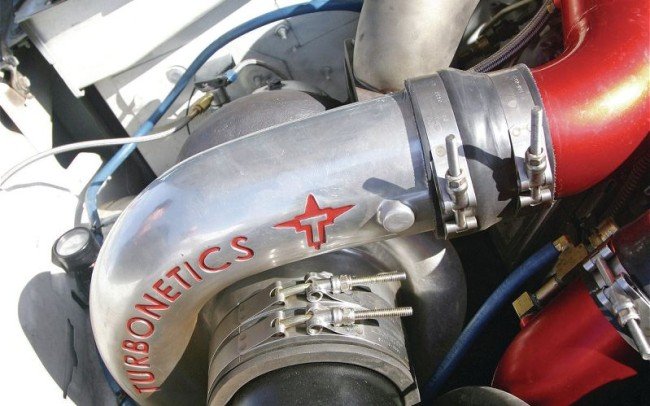Parasitic loss. That’s a term most gearheads know all too well. In relationship to engines and powersports, parasitic loss is when power is pulled or drained from the engine with little or zero beneficial gains. In an automotive application, these “parasites” can take the form anything driven off of the accessory belts such as an alternator, power steering pump, air conditioning compressor, or even a supercharger.
Now, now hold on. We know what you’re going to say, “A supercharger adds power, how can it be a parasite?” And you’d be right…to a degree. Superchargers are driven from the crank, either via a belt/pulley system or geardrive, and that pull can pull on an engine’s ability to produce precious horsepower. This reason is why so many personal watercraft tuners and top-end racers prefer the use of an aftermarket turbo system.
Rather than drawing its power from the front crankdrive, the turbo is spooled by exiting exhaust flow, the turbine therein spins a driveshaft that spins a second turbine producing positive boost pressure that is ultimately, plumbed into the throttle body. The process of developing and manufacturing a turbo is actually a very interesting one. So much so, that we thought we’d drop a little knowledge on ya this Friday and offer up this interesting segment from “How It’s Made” giving us a little behind-the-scenes look at how Turbonetics produces their high performance turbochargers. Enjoy!







